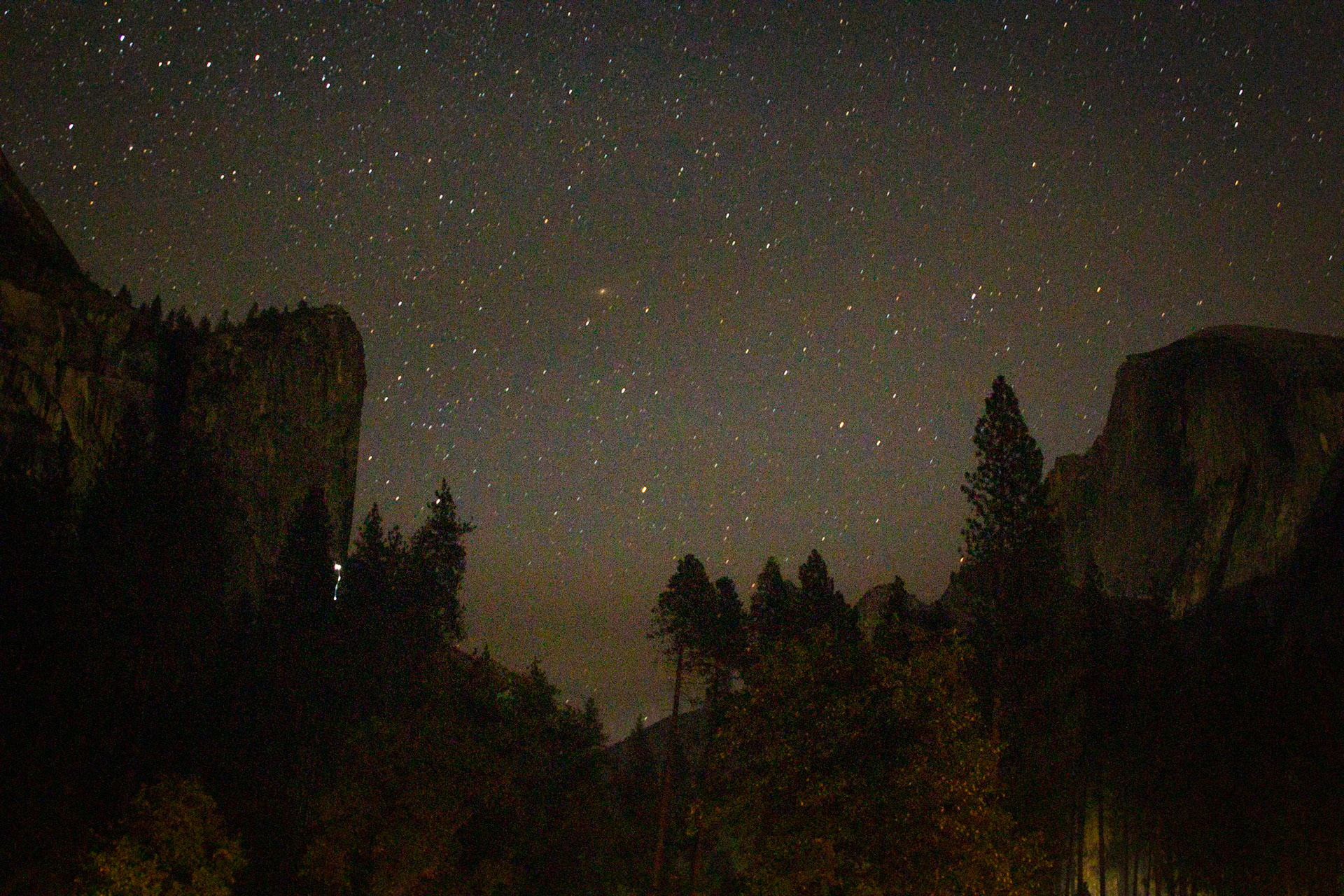Recently I was lucky enough to visit family and friends in America, travelling from Albuquerque to San Francisco and finishing with a couple of days in Yosemite National Park. I knew I had to make the most of it photographically speaking, (so of course I took a digital and film camera). However, as I'm sure so many have realised upon their first visit to Yosemite, it is really quite difficult to convey the overwhelming scale of the place on camera in a way that really does justice to its magnificence.
Rather than take my main shooting body, the EOS R, I took my Canon 100D, with which I've taken so many of my favourite photos and still works just as well after eight years. While the sensor size isn't up to much and it has no flip-out LCD screen, the small and light body has very user-friendly ergonomics and gives a surprisingly high quality image for an entry-level DSLR. The other essential was my variable ND filter, which I would advise to anyone shooting outdoors, but especially in such wide and sunny landscapes as Yosemite.
The experience really taught me the value of having the right lens available at the right time. Rather than using a wide angle zoom, I stuck with my 24-70mm for digitals, and swapped between a 50mm and 28mm prime on my film camera. Since there was so much to see, I had limited time to compose each shot before moving on to the next spectacular viewpoint, and I tried to avoid the pitfall of getting the same shot on two different cameras. Talk about first-world problems.
There's a small section of road between Curry Village and the Northside road through the valley that was closed off, which was a perfect spot to sit and take in the view up to Half Dome peak as the sun set in the valley. Since the rock is at the east end facing west, the final glow of sunset tracks up the side of the rock face, giving the whole mountain a warm, amber glow. As awesome as this was, the real magic began after darkness fell, as the sky revealed one of the most spectacular star-scapes I've ever seen.
Long exposure photography is not my specialism but I have always been excited by its creative possibilities, and when presented with a scene as spectacular as the Milky Way at night in the central valley, I felt like I had to make a good go of it. However, I didn't have a tripod (there was no way it would have fit in my luggage), so I had to make do by wrapping my hoodie around the camera body as a cushion, which I then balanced on the top of roadside fenceposts. Had I gone for a wider lens, I certainly would have been able to incorporate more of the sky's great expanse, but with my 24-70mm I had the option to punch in (as accurately as I could in total darkness) on Half Dome and Washington Column separately.
I can forgive myself the technical shortcomings for the simple fact that being there and seeing it in reality was totally mesmerising. Having lived in mostly urbanised areas all my life, the night sky as it is without any light pollution is an awfully rare sight for me, so to have a vast canopy of crystal clear lights all around me was genuinely stunning. The simple truth of it struck me - this is how the night sky is meant to look all the time! This is the same view that every pre-industrialised society would have had, going back thousands of years to ancient civilisations. I'd struggle to imagine anything else quite so simultaneously humbling and awe-inspiring, and I believe that it should be the right of everyone to be able to see and experience it as much as they can.
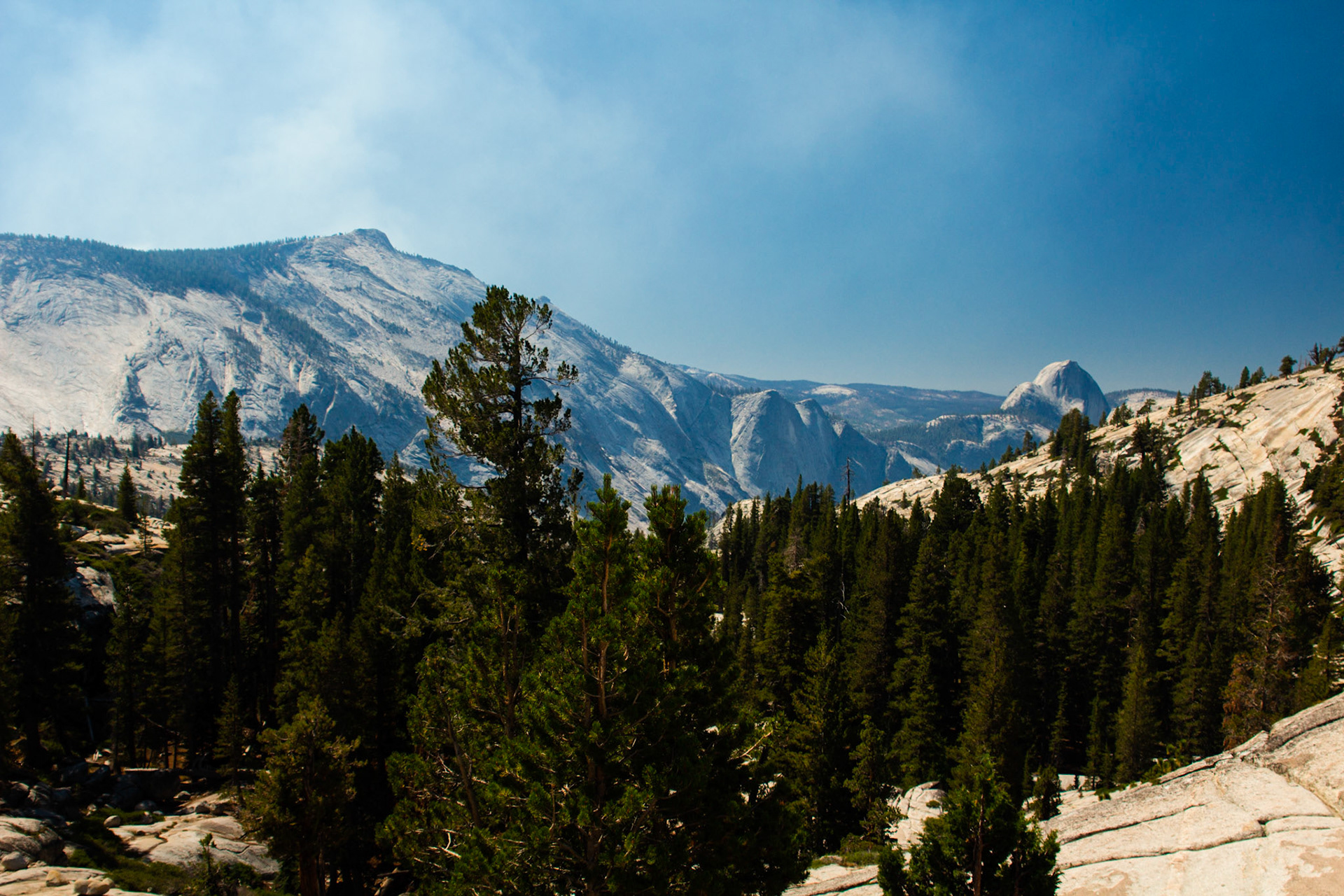
Olmsted Point

May Lake

May Lake
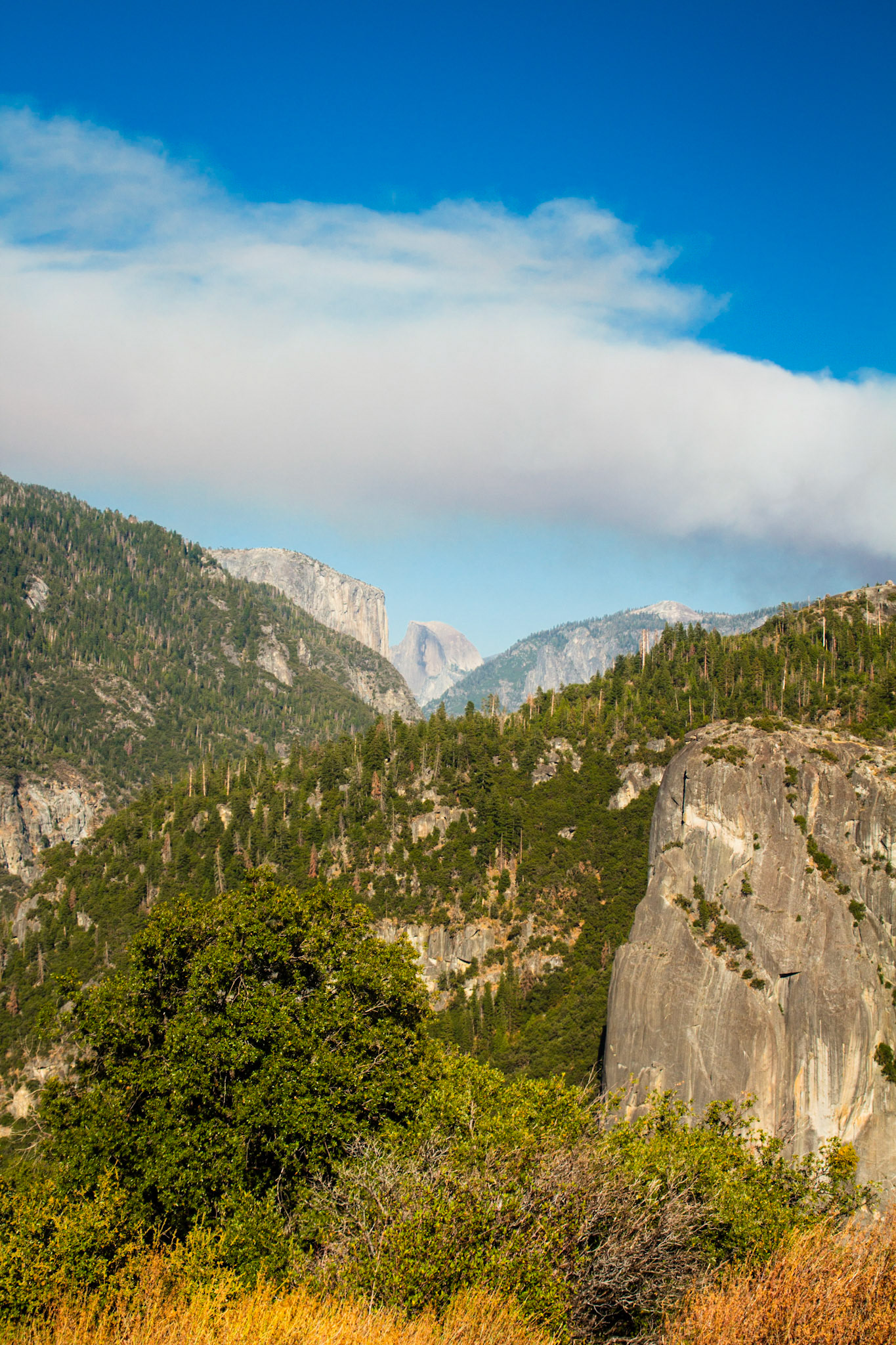
The Valley Entrance
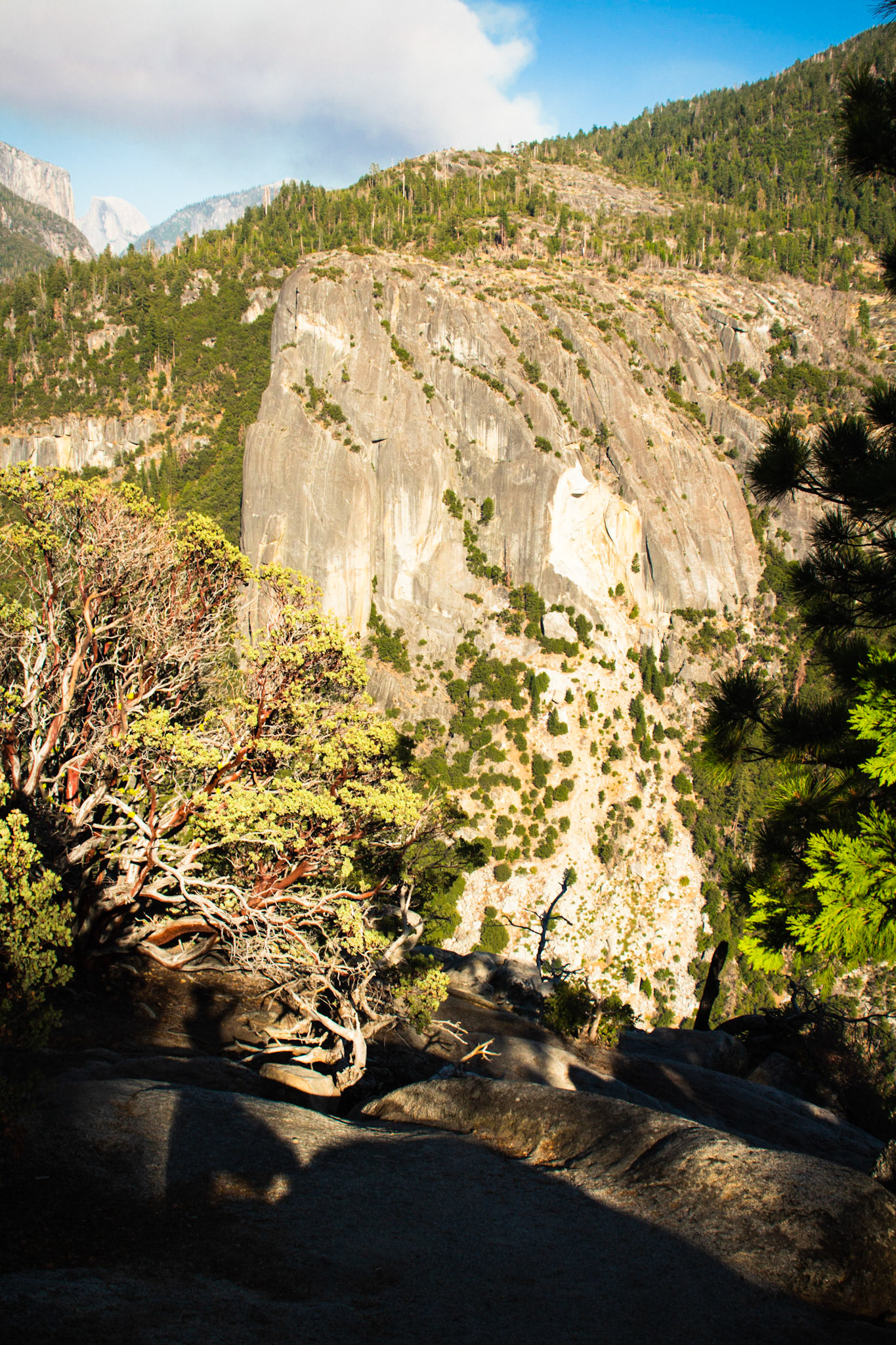
Playing with shadows
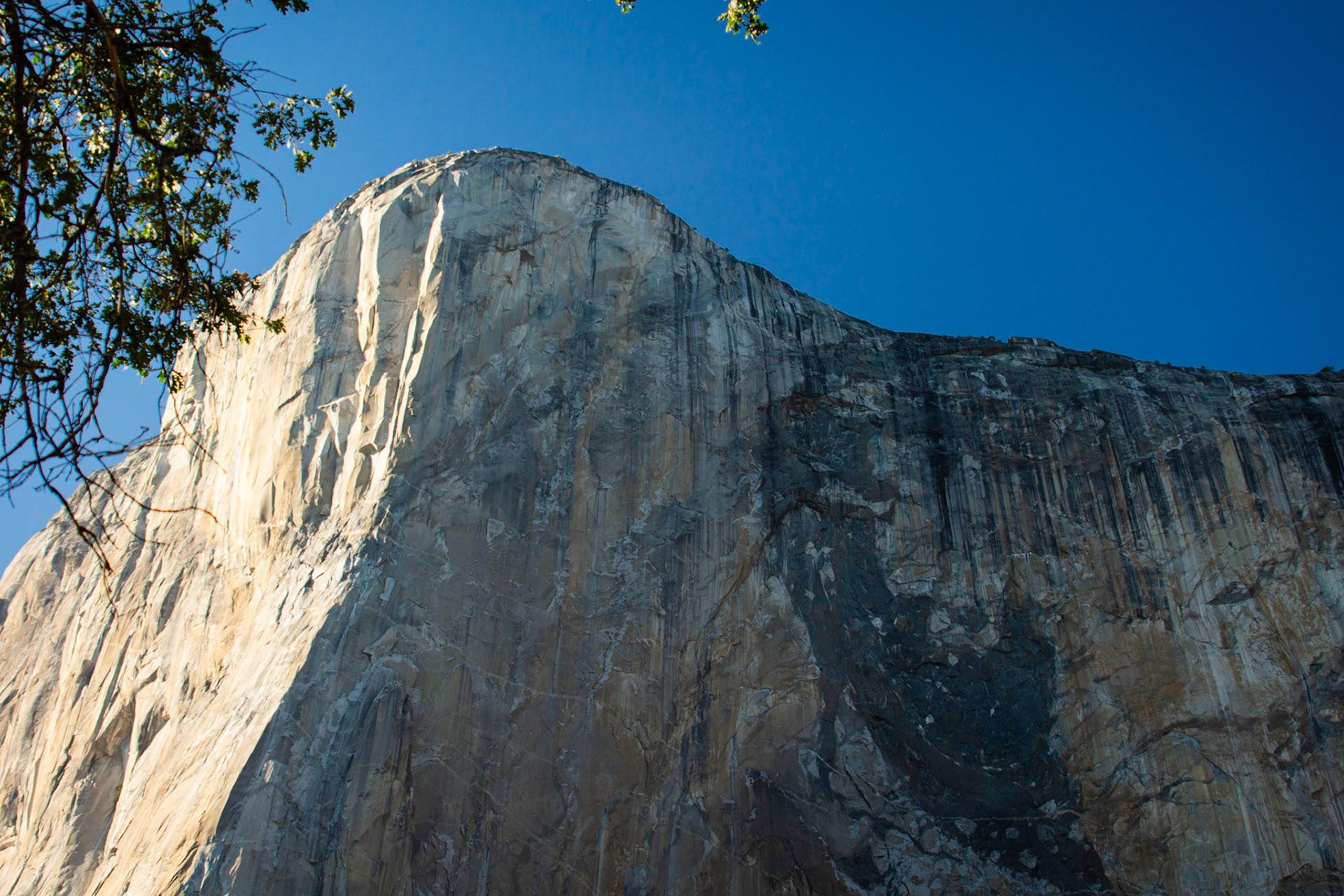
El Capitan
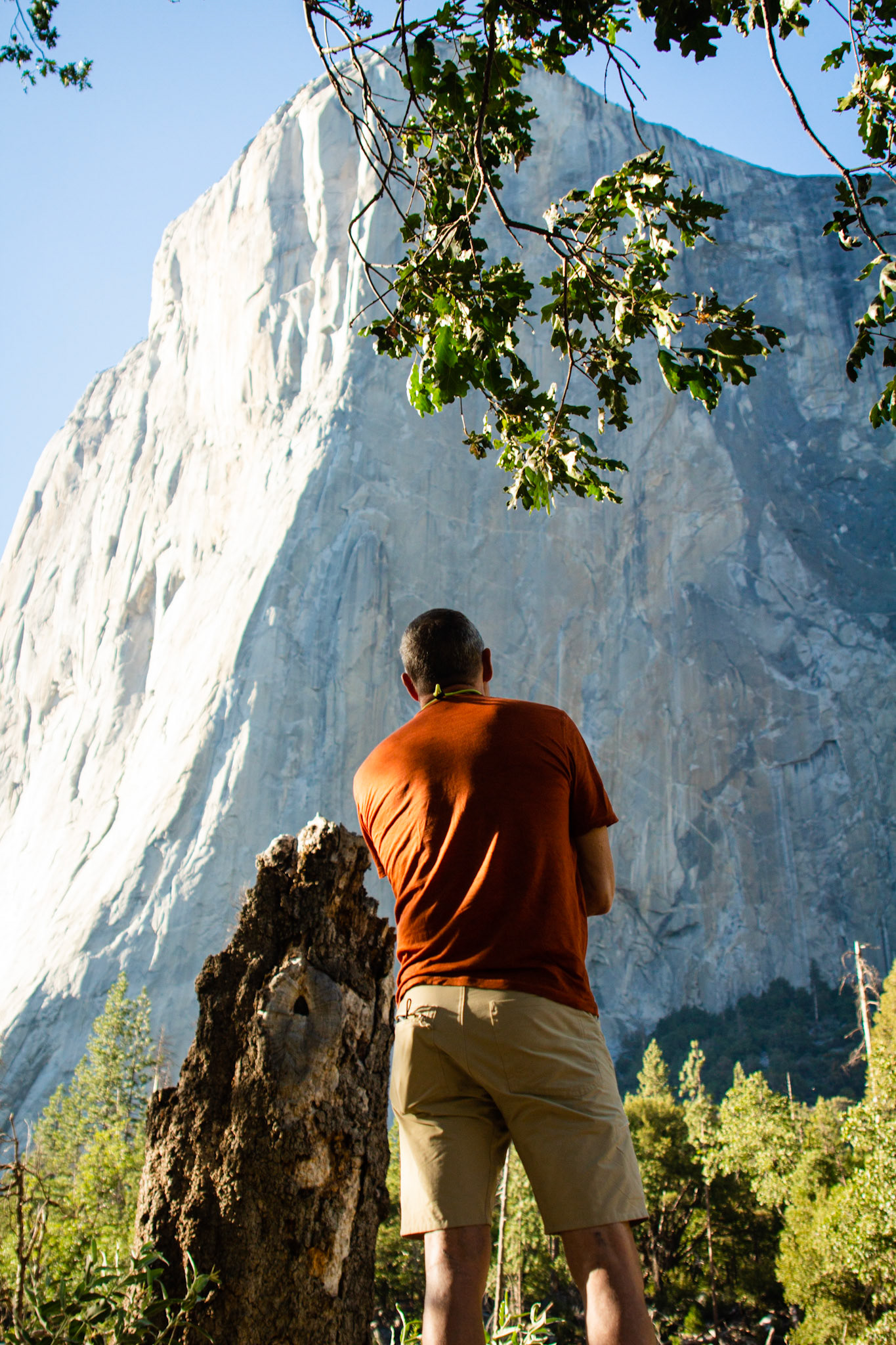
Dan in a pensive mood
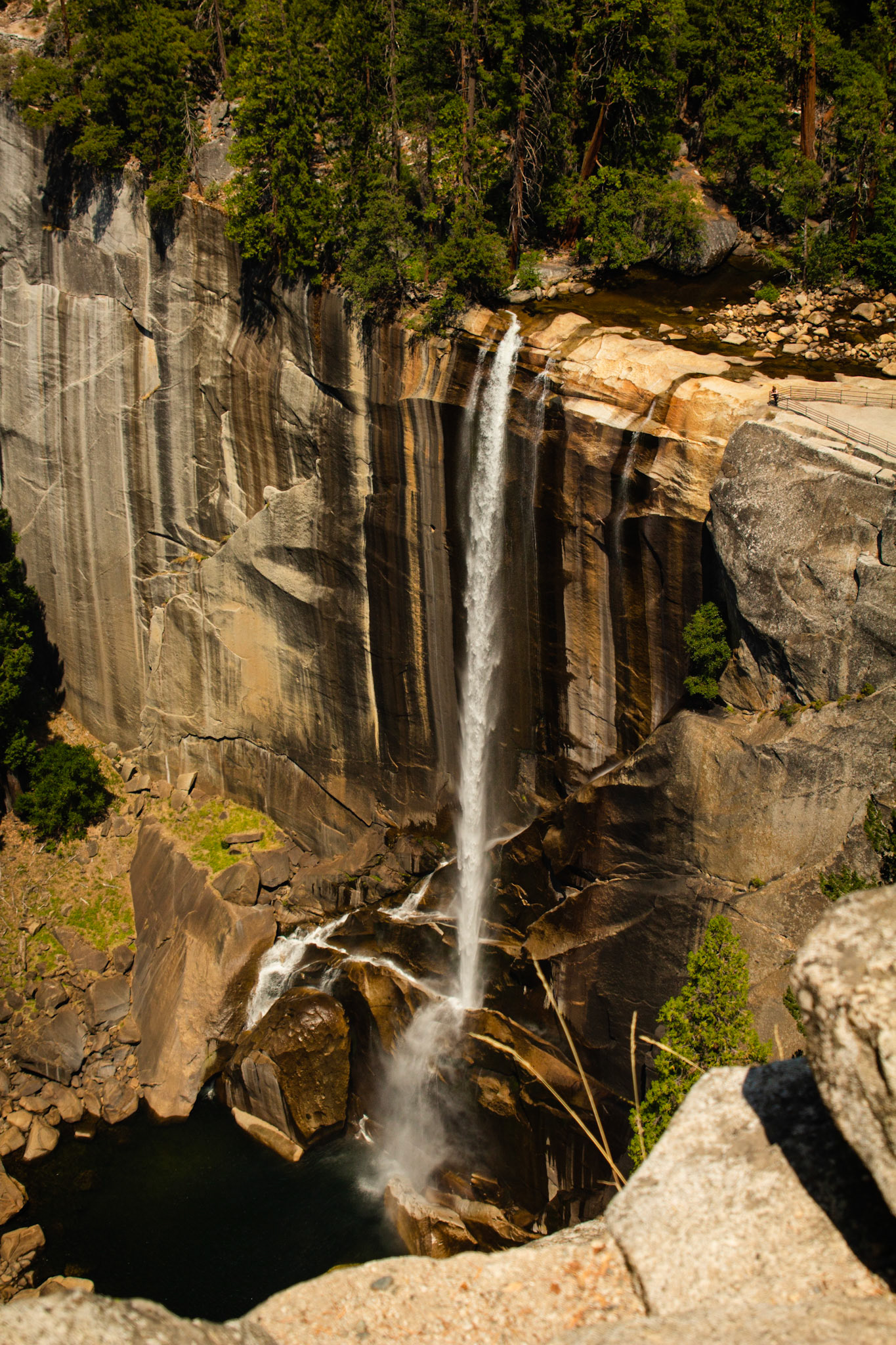
Vernal Falls
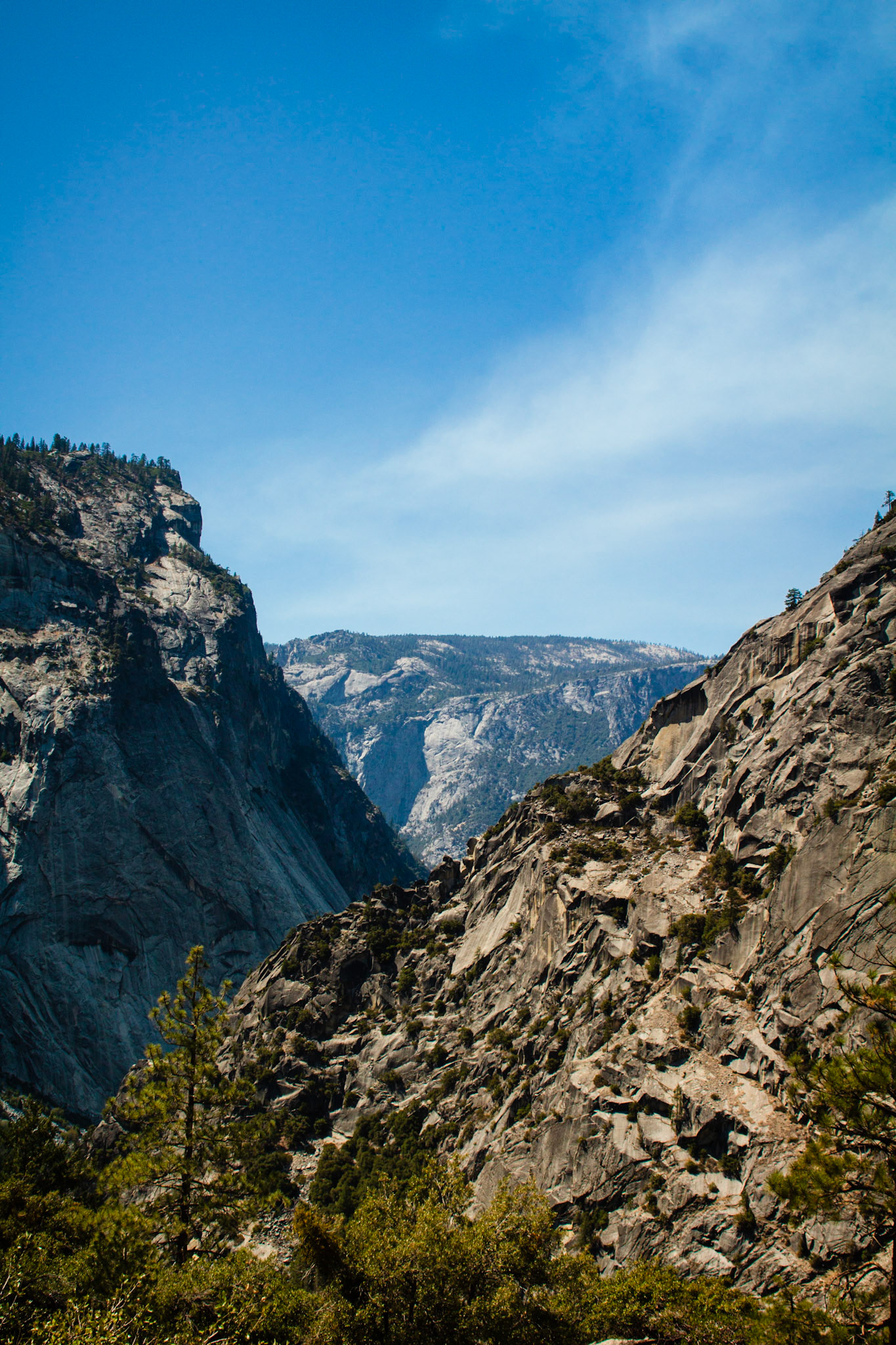
Looking back to the valley with Sierra Point in the foreground
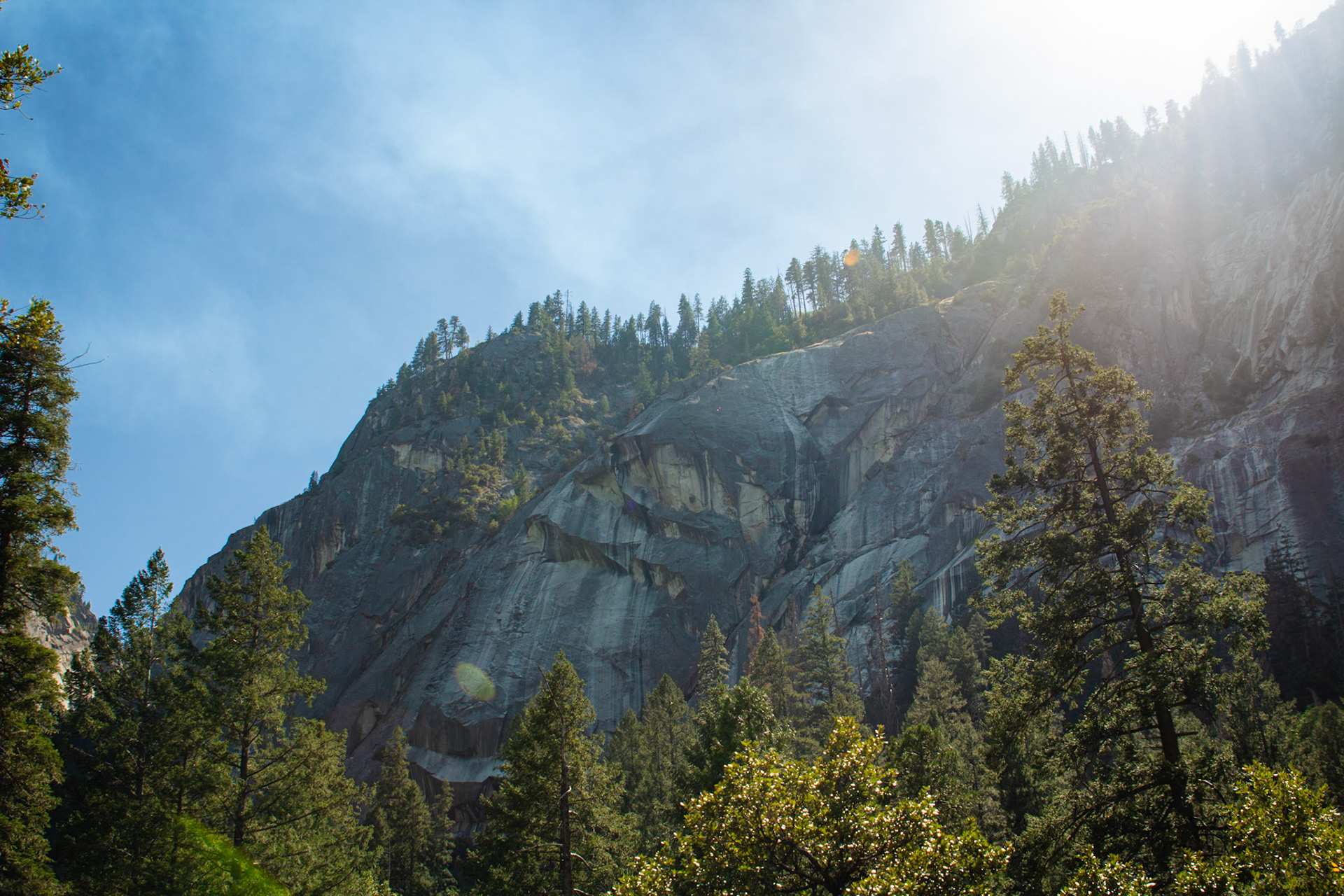
Looking up from the Mist Trail
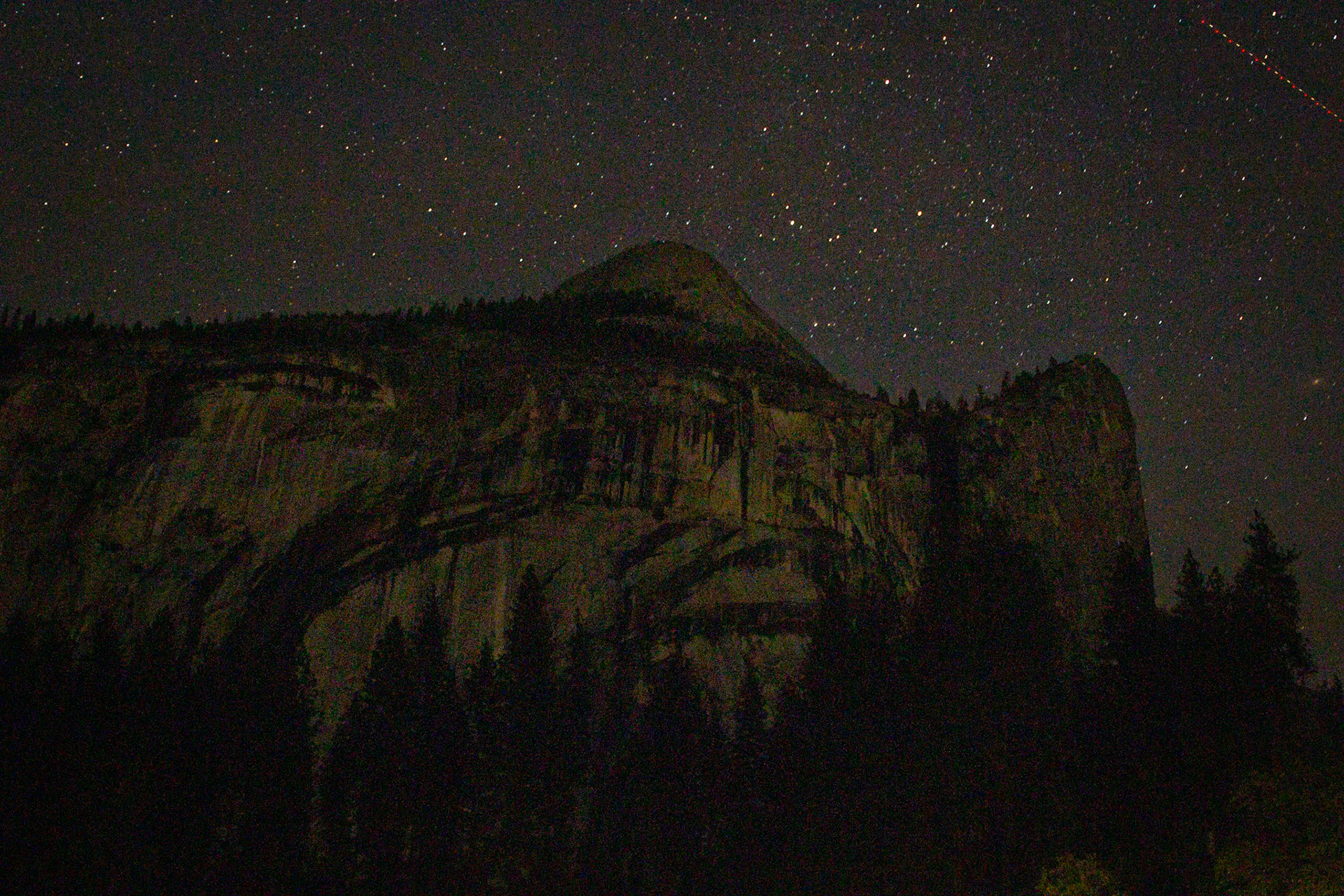
Washington Column
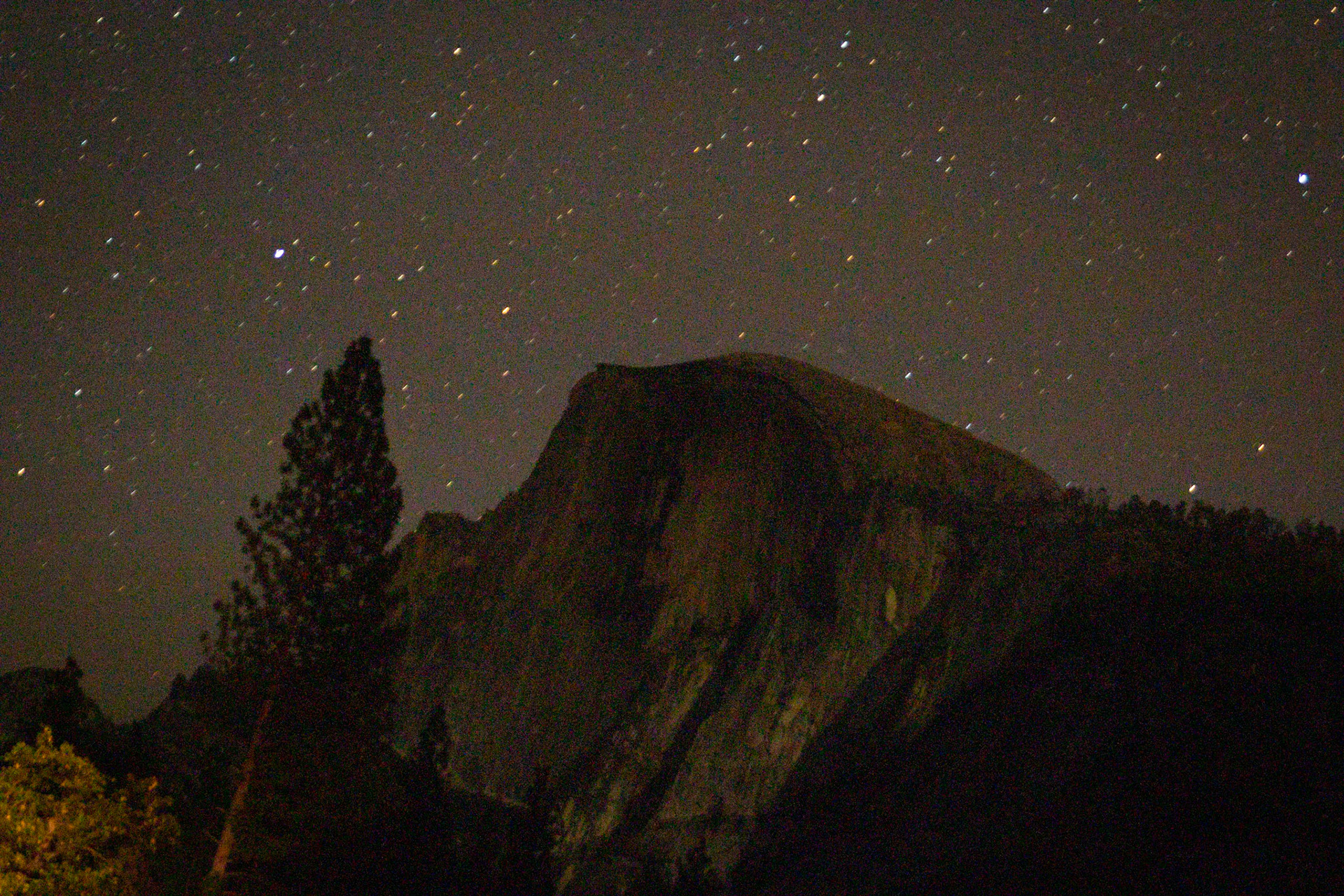
Half Dome

The Valley
